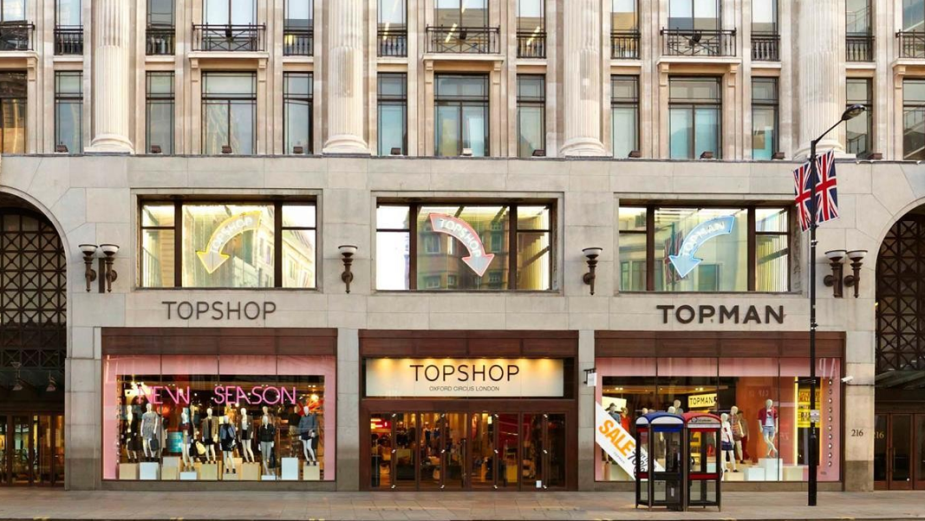
That (Flag)Ship Has Sailed: The Future of This Valuable Retail Format

Image: Retail Week
Retailers have relied on ‘flagship’ stores to elevate their brand for decades, but the tides are turning. Here we explore what the future may hold for this valuable retail format.
The phrase ‘flagship’ originated in the 1600s as the term for ships that commanding officers sailed on. A flag was visible to distinguish it from others in the fleet. From the 1930s onwards, the phrase evolved to more commonly communicate a brand’s leading retail format.
Is it time for the next evolution of ‘flagship’?
Today, the term ‘flagship’ for many people simply means ‘bigger stores’. We expect more ranges, more choice and more inventory. But the reality is very different. Brands are investing more than ever in new experiences and services that provide customers and fans with new and enduring reasons to visit, beyond products. So, has the phrase ‘flagship’ lost its meaning? Is it time for a rethink?
Household’s emotiveyeTM insights
We asked 250 people across the UK about their current perception of ‘flagship’ stores and what the terminology means to them?
“It’s just a big shop”
46% of people we polled said that a flagship is a brand’s ‘biggest’ store, whilst 20% believe it’s home to a brand’s ‘most expensive products’.
So far, it all sounds like Topshop Oxford Circus (RIP). But even back in the early noughties when size trumped all, whispers of what ‘retail experience’ could become were taking shape. This may explain why 39% of people want brands’ key real estate locations to ‘teach me something new’ - with 37% asking to be ‘entertained’.
The appetite for a redefined ‘flagship’ experience is already there. Some proactive brands have already invested in transformations. But whilst cultural platforms, innovation playgrounds, community spaces and fandom destinations are cropping up, there’s room for so much more.
Eight trillion reasons
A glance at the market shows which way the wind is blowing. The experience economy’s value is forecast to hit $8tn by 2030 - so where better for brands to align with future investment of time and money than a reinvented flagship experience?!
The value of flagships extends beyond their physical presence. As our CSO and co-founder Michelle Du-Prât said in The Drum: “The power of the flagship in today’s cultural currency really is on building memorable experiences. They are live demonstrations of the possibilities of future engagement in retail for any brand.”
But to tap into their full potential, we must first get on the same floor as our fans. 77% of our survey respondents said they knew what a ‘flagship’ was - but they struggled to define it.
Even more damning, only 14% defined it as an experience-led space, illustrating a clear disconnect between expectation and understanding. This gulf has been a driving factor in our commitment to both leading and tracking the ‘flagship’ revolution.
Change is happening
This isn’t a rogue journey that we’re advocating. Forward-thinking brands have already dropped the term ‘flagship’ in favour of placemaking names that better resonate with the emotive function these formats can offer.
Under Armour’s ‘Brand House’ effectively positions the space as a location that brings the brand’s DNA to life. It prioritises people over product and exists to connect to fans - both priorities in this new, experience-led world.

Image: Tiffany & Co
Similarly, Tiffany & Co wanted to tell a unique love story - and kickstarted the new era by renaming its New York flagship as ‘The Landmark’. This environment has cemented Tiffany’s position as the ultimate jeweller, blending history, architecture and hospitality with desire and emotion.
What does the future look like for flagships?
It’s time to stop being sentimental about the term ‘flagship’. We shouldn’t be limiting their potential by sticking to an ambiguous label. Because the fans themselves certainly aren’t.
Foresight: Over the next 2-3 years we see the trend in more emotive and description names becoming the norm. Brands will increasingly look to connect their experience proposition will language that resonates with their fans. Think Brand Homes, Experience Centres, Houses of Innovation etc.
Farsight: Looking ahead with a 5-10 year view, we predict that these key formats will evolve to become brands in themselves. As the demand for entertainment booms and infinite channels merge, brands will maximise their equity by building greater fame around individual iconic experiences. Imagine The Hogwarts Academy by Lego, or even Skin Spa by L’Oreal. The generic ‘flagship’ label may be no more…
*How did we get our research?
Through our real-time research tool emotiveyeTM , we connected with 250 people from across the country to collect their views. This proprietary research platform gives us a unique lens that enables us to bring a brand’s current (and future) fans into the conversation, unlocking data, building ideas, and testing concepts as they launch.










